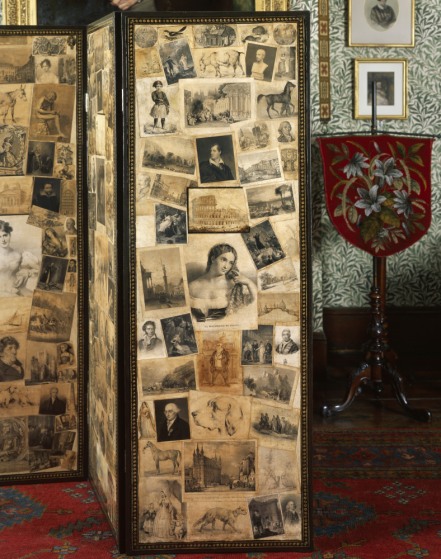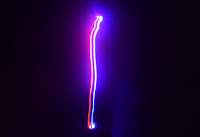I got the idea to make this while working on a unit with our Junior Kindergarten kids about things that move. I brought my own kids to school on a weekend and we mucked about in the Makerspace and managed to put something together in an afternoon.
I pulled the tires off of a bicycle that I had found in the trash and cut a couple of circles on the router table out of some MDF. They are attached to the spokes of the wheels with zip ties. I drilled holes for some dowels and made a little hinged door.
I built the frame from some pieces of recycled 1x4 from some old shipping crates and a 2x2 that I cut from a pallet.
I drilled a hole in the end and drove a carriage bolt through it to make a hook to attach to the bike.
We filled a 64oz. protein powder container with ice and salt in alternating layers.
Then inserted a water bottle filled with cream, sugar and at the kids' request, some Milo.
Then we put it in the bike trailer and used a little duct tape to hold it in.
We hooked it onto the back of a tricycle on the playground and the kids took turns riding around churning the ice cream.
After 20 minutes, there was a thick layer of frost on the outside of the container.
It came out a little grainy, but frozen well-enough to call it ice cream.
It was pretty tasty and the kids enjoyed it. The trailer was a bit rickety afterwards and a couple of the dowels came off while I was carrying it back to my room.
For the next version, I will have to use thicker pieces of wood in place of those dowels. I'm also thinking to use a container for the ice cream mixture that isn't perfectly round so that it sloshes around a bit more as the drum rotates. This might make for slightly less grainy ice cream,
It was a fun project and if you give something like this a try, I would love to hear about it.
C:





























